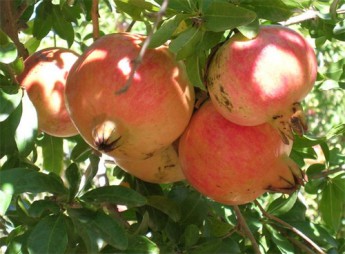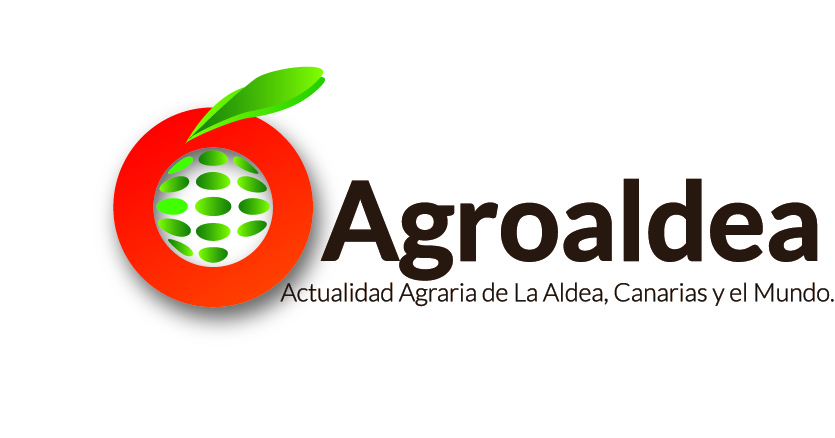 THE REGION OF MURCIA PROMOTES IT FOR ITS SALES POTENTIAL IN THE MARKET AND AS A OUTPUT AFTER TOMATO LOSSES.
THE REGION OF MURCIA PROMOTES IT FOR ITS SALES POTENTIAL IN THE MARKET AND AS A OUTPUT AFTER TOMATO LOSSES.
The planted area has multiplied by three and is expected to continue growing at a rate of 50 hectares per year in this Region.
The pomegranate has been in fashion in food since it was known and its extraordinary beneficial properties for health were publicized..
Its antioxidant components, united with those that help prevent some types of cancer, Among many other things, have made your sale, especially in juices, has been shot in the United States, England and throughout Europe. With this advance in consumption, it was to be expected that more production would soon be needed..
In the Region of Murcia, the cultivated area is gradually growing and data from the Ministry of Agriculture confirms that it is a growing crop and that many Murcian farmers have decided to change other products for this red fruit that has historically been been residual in the Region, while its production has been concentrated in the Valencian Community and especially in the province of Alicante.
The Ministry of Agriculture itself encourages farmers to switch to this fruit, especially to those affected by the decline in tomato sales – after the setback suffered since the elimination of restrictions on Moroccan tomatoes in the European Union –. In orientation meetings to improve your situation, the grenade always ends up coming out.
The general director of the Agri-Food Industry and Agricultural Training, Angel García Lidón, confirms this trend. According to your data, the cultivated area has grown by 346% since the year 2004.
Officially, Agriculture has censuses 200 hectares, although the perception is that there are already about three hundred that are actually dedicated to the production of this fruit. «We have to update the data, but the estimate is three hundred hectares and that in the last year it will have grown by about fifty or sixty hectares, most of them in Mazarrón», indicates García Lidón, which foresees that over the next few years the crop will grow at a rate of fifty hectares per year.
Despite this interest and progressive increase, production in the Region is almost anecdotal, since some are collected 900 tons per year compared to 35.000 of all country. And ninety percent of all those tons are produced in Alicante.
Mazarrón, Eagles, Totana, Thank you, Lorca, Fortuna, Abanilla and Fuente Álamo are the municipalities in which this crop is spreading. But it is especially in coastal areas where it has better results..
«The pomegranate is a fruit that has very little need for water and that adapts very well to saline soils and irrigation with salinity water., so it is an ideal crop for the Region», argues García Lidón.
The problem that the pomegranate usually has is the scratches and marks caused by the effect of the wind and the sun.. To avoid this, in Mazarrón they are using mesh to protect them from these effects. Another peculiarity of the pomegranate in these areas is that the harvesting can be done earlier and, in this way, take advantage of Alicante production.
«There is a growing industry around the pomegranate, not just the juice, but also for fourth-range foods", points out García Lidón. In the province of Alicante there are companies with machines that, thanks to new technology, are capable of shelling the pomegranate so that it can be sold in the supermarket directly peeled and easier to eat..
This has been precisely the problem that the consumption of pomegranate has encountered.. It is a complicated fruit, It stains your hands and requires a while before you can eat it..
However, juices and fourth-range products seem to be going to put an end to this kind of oblivion of daily life to which they were condemned.

